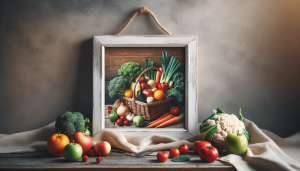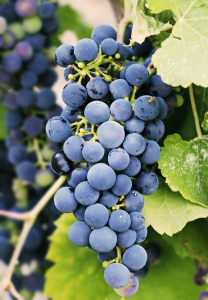Hey there! In our exploration of “Understanding the Market Size of the Organic Food Industry,” we’re diving into the dynamic world of organic foods and uncovering just how big this industry really is. As we journey through the trends, consumer behaviors, and growth factors shaping the organic food market, we’ll gain insights into why more people are choosing organic and how this impacts the overall market size. Join us as we unravel the numbers and narratives behind this flourishing industry! Have you ever wondered about the market size of the organic food industry? It’s a question that many of us have as we stroll through grocery aisles filled with products boasting labels like “organic,” “non-GMO,” and “certified organic.” As concerns about health, sustainability, and environmental impact increasingly influence our eating habits, the demand for organic food has surged. But how large is this market actually? Let’s explore this topic in depth and understand the market size of the organic food industry.
What is Organic Food?
Before diving into the nitty-gritty of market size, it’s crucial to clarify what we mean by “organic food.” Organic food refers to products that are produced using methods that comply with the standards of organic farming. These standards vary globally, but generally they emphasize practices that promote ecological balance, conserve biodiversity, and restrict the use of synthetic pesticides and fertilizers. Organic farming eschews genetically modified organisms (GMOs), employs crop rotation, and uses natural composting methods to enhance soil health.
Why Organic Food?
Health Benefits
Many of us opt for organic foods because we perceive them to be healthier. Studies have shown that organic foods often contain higher levels of certain nutrients, including antioxidants, than their non-organic counterparts. Additionally, organic farming practices typically exclude harmful pesticides, reducing our exposure to toxic chemicals.
Environmental Benefits
On the environmental front, organic farming is lauded for promoting biodiversity, improving soil health, and reducing pollution. Since organic farming restricts synthetic pesticides and fertilizers, it helps maintain cleaner air, water, and soil. The use of crop rotation and natural composting methods also fosters a more sustainable agricultural ecosystem.
Animal Welfare
For those of us who are concerned about animal welfare, organic livestock farming holds certain appeals. Animals raised in organic farming systems typically have access to outdoor spaces and are not subjected to routine use of antibiotics and hormones.
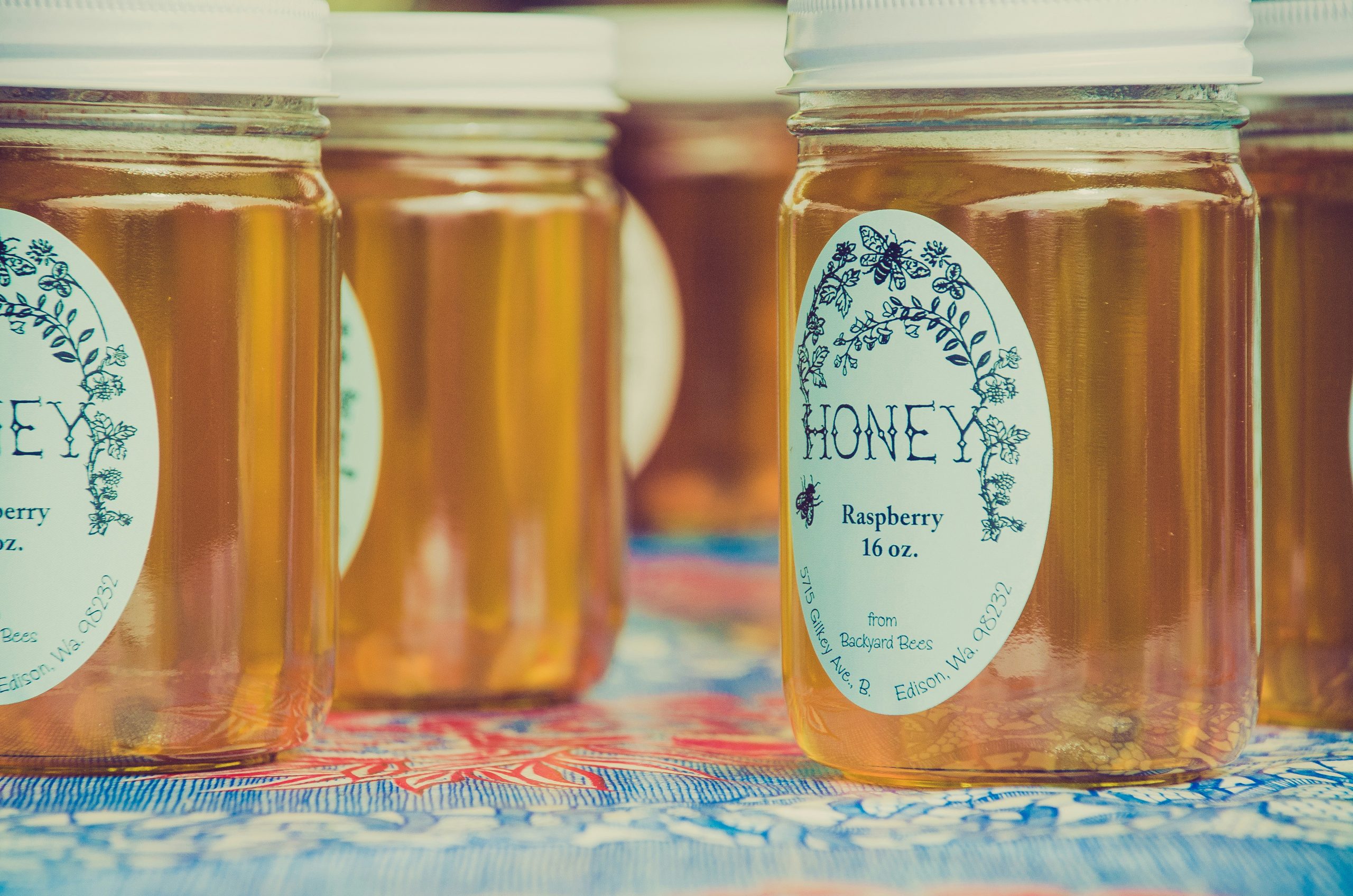
Global Market Overview
The organic food industry has witnessed exponential growth over the past few decades. The market size can be evaluated in terms of revenue, market share, and growth rates. Here’s an overview to give us an idea of the market’s magnitude and its growth trajectory.
Revenue and Market Size
According to recent reports, the global organic food market was valued at approximately $220 billion in 2020. Preceding years had already shown significant growth, and current trends suggest an upward trajectory. Predictions indicate that the market is expected to grow at a compound annual growth rate (CAGR) of 10-12% over the next several years.
| Year | Market Value (in billion USD) | CAGR |
|---|---|---|
| 2018 | 160 | 8% |
| 2019 | 190 | 9% |
| 2020 | 220 | 10% |
| 2025 (est) | 362 | 12% |
Market Segmentation
By Product Type
The organic food market consists of several product categories, each contributing differently to the overall market value. These categories include:
- Fruits & Vegetables: The largest segment, bolstered by increasing consumer demand for fresh, easily accessible healthy options.
- Dairy Products: Staples like organic milk, cheese, and yogurt have a steady demand.
- Meat, Fish & Poultry: Organic meat and fish have witnessed growing acceptance, albeit at a slower rate.
- Beverages: Organic juices, coffee, and tea form a significant portion of this category.
- Processed Food: From organic snacks to canned goods, this category is rapidly growing.
| Product Type | Market Share (%) |
|---|---|
| Fruits & Vegetables | 40 |
| Dairy Products | 20 |
| Meat, Fish & Poultry | 15 |
| Beverages | 15 |
| Processed Food | 10 |
By Distribution Channel
Our purchasing habits influence how organic foods make their way from farms to our tables. The primary distribution channels include:
- Supermarkets & Hypermarkets: These giant retailers account for the largest share due to their widespread reach and extensive product range.
- Specialty Stores: Stores focusing exclusively on organic and health foods are gaining popularity.
- Online Retailers: With the growth of e-commerce, many consumers now prefer the convenience of ordering organic food online.
- Others: Farmers’ markets, local co-ops, and direct-to-consumer sales also contribute to the market.
| Distribution Channel | Market Share (%) |
|---|---|
| Supermarkets & Hypermarkets | 50 |
| Specialty Stores | 25 |
| Online Retailers | 20 |
| Others | 5 |
Regional Analysis
The market for organic food is robust but varies significantly across different regions.
North America
North America, particularly the United States, leads the market. The U.S. accounts for approximately 45% of the global organic food sales. Canada also shows significant market activity, contributing to North America’s overall market dominance.
Europe
Following North America, Europe holds around 30% of the market share. Countries like Germany, France, and Italy are at the forefront of the organic movement. Various EU grants and initiatives to promote organic farming further boost the market.
Asia-Pacific
This region is witnessing the fastest growth rate, driven by countries like China, Japan, and India. Rising consumer awareness and a growing middle class have contributed to the increase in demand for organic products.
Rest of the World
Other regions, including Latin America, the Middle East, and Africa, are gradually catching up. These areas represent untapped potential and are likely to see more substantial growth as awareness and economic conditions improve.
Market Drivers and Challenges
Key Market Drivers
Increasing Health Awareness
As more of us become health-conscious, the demand for nutritious and chemical-free food items is escalating. Organic food fits perfectly into this paradigm, driving its market growth.
Environmental Concerns
Growing awareness about climate change and environmental degradation is prompting consumers to shift toward more sustainable choices, including organic food.
Government Support
Various governments and organizations offer subsidies, certifications, and technological support to promote organic farming, which, in turn, fuels market growth.
Major Challenges
Price Sensitivity
One of the most significant barriers to organic food consumption is its higher cost compared to conventional food items. Organic farming practices are generally more labor-intensive and yield lower outputs, contributing to higher prices.
Supply Chain Issues
The organic food supply chain is complex. Ensuring that products remain organic from farm to table involves strict regulations, certifications, and often higher costs—challenges that can stymie market expansion.
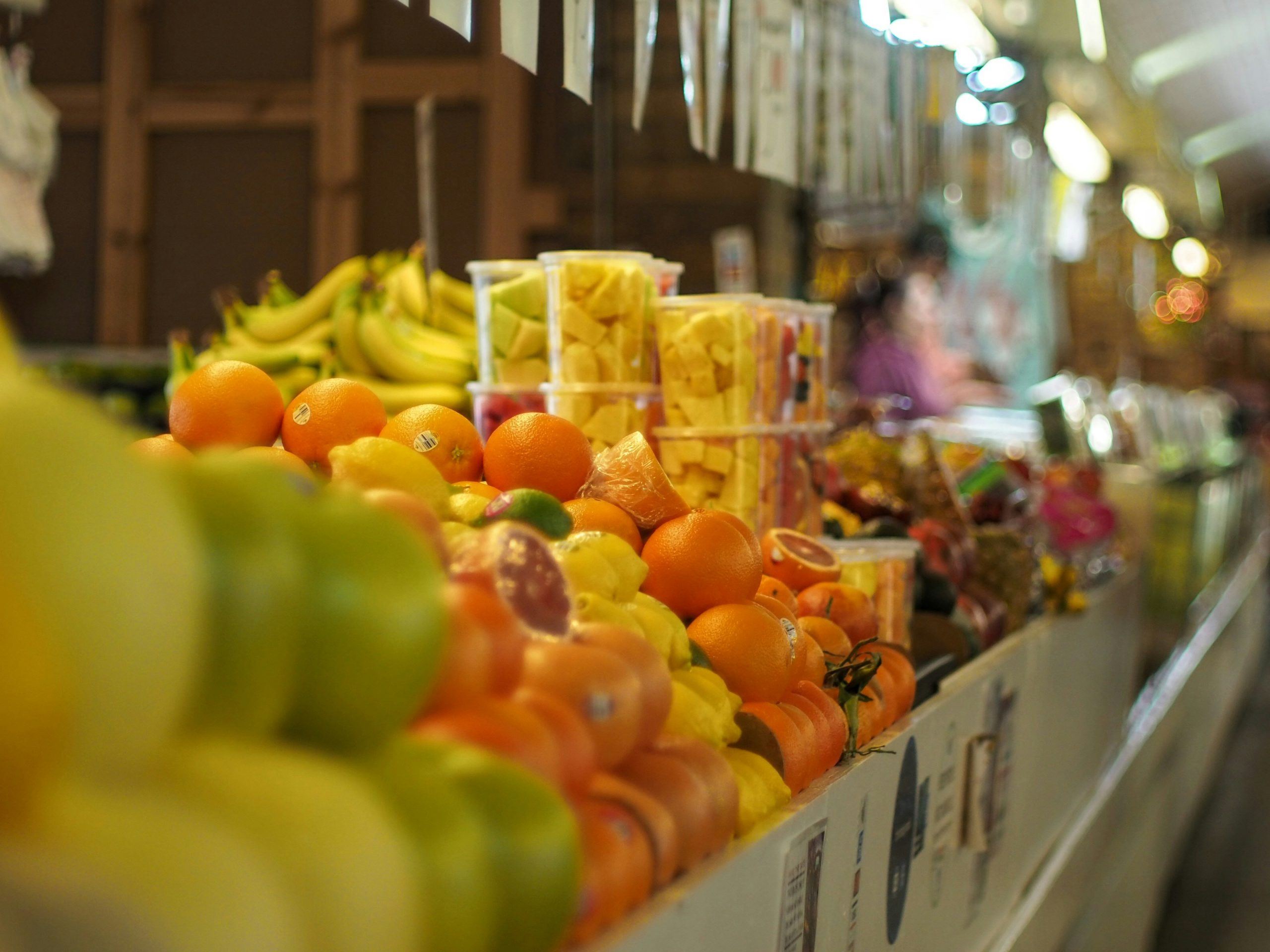
Consumer Behavior Insights
Understanding how we, as consumers, interact with the organic food market can offer valuable insights. Here are a few trends:
Demographics
- Age: Millennials and Gen Z are particularly inclined toward organic products, driven by health considerations and environmental concerns.
- Income Level: Higher-income households are more likely to purchase organic food, given its higher price point.
- Geographical Location: Urban areas, with better access to a variety of stores and online platforms, see higher organic food consumption.
Purchasing Patterns
Frequency
Many consumers incorporate organic foods into their diets regularly, with some opting for entirely organic diets, while others choose a selective approach based on affordability and availability.
Motivation
Key motivators for purchasing organic foods include health benefits, taste preferences, environmental impact, and animal welfare considerations.
Regulatory Landscape
The organic food market is heavily regulated to ensure its integrity and maintain consumer trust. Key regulatory bodies and standards include:
United States
- USDA Organic: The United States Department of Agriculture (USDA) sets stringent guidelines for organic certification, including soil quality, pest management, and prohibited substances.
European Union
- EU Organic Regulation: This comprehensive regulation governs organic food production, labeling, and marketing within the EU. It emphasizes sustainability, animal welfare, and biodiversity.
Japan
- JAS Organic: Japan Agricultural Standards (JAS) oversee the certification of organic products, focusing on both domestic and imported goods.
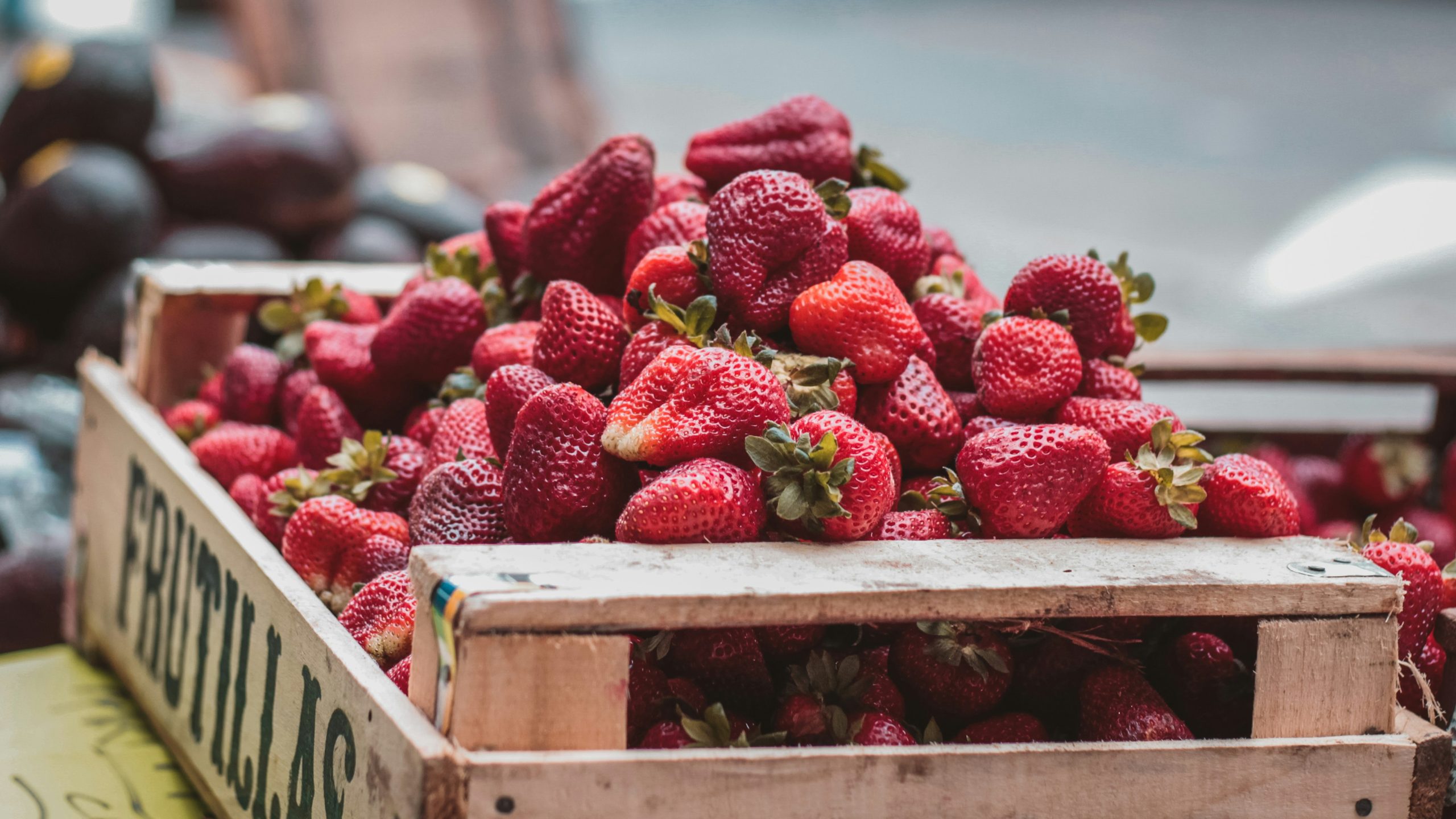
Future Prospects
Technological Advancements
Innovations in organic farming, such as precision agriculture, IoT-based farming practices, and advanced biopesticides, are expected to boost productivity and reduce costs.
Expanding Market Reach
As the benefits of organic foods become more widely known, we can anticipate the expansion of the market into previously untapped regions.
Increased Investment
With growing consumer interest, investment from both public and private sectors is likely to increase, supporting research, infrastructure, and market accessibility.
Conclusion
Understanding the market size of the organic food industry is essential not just for our curiosity but also for businesses, policymakers, and farmers. This growing market reflects broader societal trends toward health consciousness, environmental sustainability, and ethical considerations.
Whether we are avid organic food consumers or just beginning to explore this market, the evolving landscape offers abundant opportunities and insights. As demand grows and innovations emerge, the organic food industry is poised for a dynamic future.
We hope this exploration has shed some light on the expansive and fascinating world of organic foods. The market is not just about numbers and revenues; it also encapsulates our collective shift toward more mindful and sustainable living.

